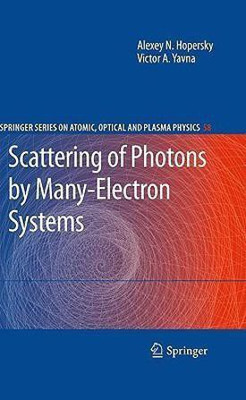Scattering of Photons by Many-Electron Systems(English, Hardcover, Hopersky Alexey N.)
Quick Overview
Product Price Comparison
Thesubjectofthismonographistheresultsoftherecenttheoreticalstudiesof the nature and the role of many-particleand orientation e?ects in the process of anomalouselastic scattering of X-ray photon by free atom, atomic ion, and linear molecule. Theoretical and experimental investigations of anomalous elastic scatt- ing of X-rayphoton havingenergyin the rangeof0. 35keV? ???1. 4MeV by a many-electron system are immediate requirements in modern fundamental and applied physics from the point of view of the conditions of the anomalous dispersion when an incident photon energy is close to that of an inner-shell ionization thresholds. They are important, ?rstly, because of the construction and subsequent application of the X-ray free electron laser and because of laboratory-plasma X-ray laser generation. Also, it is urgent to solve imp- tant problems, such as maintaining a laser thermonuclear fusion, as well as majority of problems in plasma physics, ionizing radiation physics, surface physics, metal and semiconductor physics, and astrophysics.However,in spite of the existence of a generalquantum-mechanicaltheory for the process of anomalous scattering of the electromagnetic radiation by matter, following from the works by Kramers and Heisenberg (1925) [1] and Waller (1928,1929) [2,3], both the calculation methods and the assignments of the anomalously dispersive regions of the elastic scattering spectra in the immediate vicinity (?1/ 100 eV) of the inner-shell ionization thresholds of free atom,atomicion, andmolecule areabsentin the worldscienti?cpractice, including the many-particle e?ects. Indeed, the existing methods within the anomalously dispersive regions of elastic scattering lead to in?nite (nonph- ical) intensities of the di?erential cross-section resonances.


